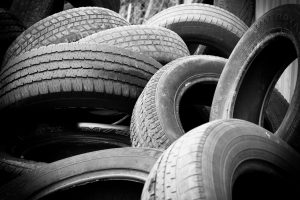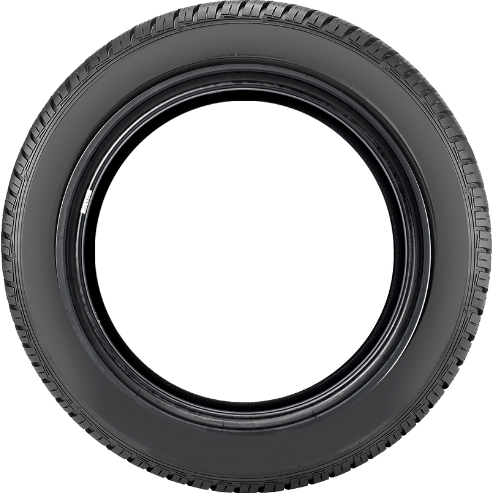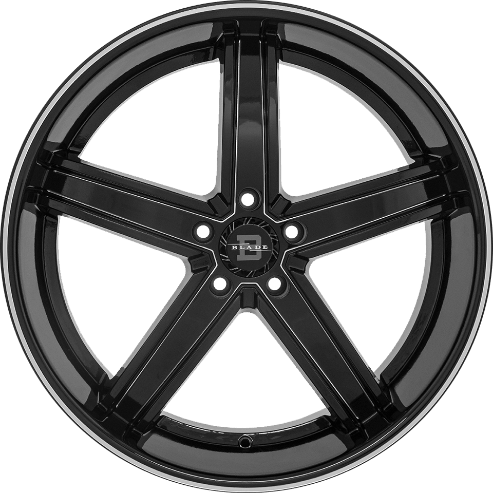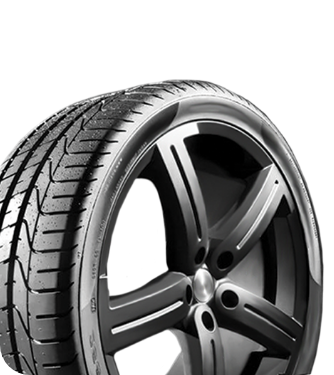
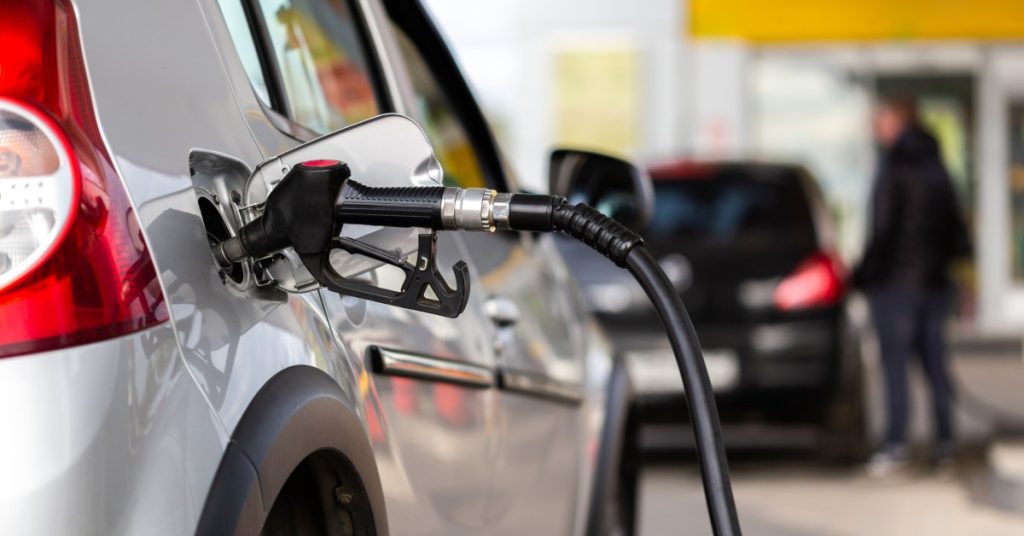
The Role of Tires in Improving Vehicle Fuel Efficiency
Tires |Fuel costs are a consideration for many car owners. The goal is to maximize the vehicle’s fuel efficiency in every way possible. One overlooked component that can make or break a car’s fuel efficiency is the tires.
Tire pressure, size, and tread depth play important roles in improving a vehicle’s fuel efficiency. Installing the best tires for your car’s design and maintaining the tires are surefire ways to benefit the vehicle’s performance and your finances.
How Tires Affect Your Vehicle’s Fuel Efficiency
A car’s engine works harder when the tires create additional resistance against the road surface, commonly referred to as rolling resistance. It directly impacts how much fuel the engine consumes. The more resistance, the more energy the vehicle needs to operate. When the tires spin with minimal resistance, the engine doesn’t have to generate as much energy to maintain the speed, resulting in better gas mileage.
Several tire characteristics influence rolling resistance. Tire pressure plays the most important role. Underinflated tires increase the contact area with the road and create more friction. Additionally, tire construction, tread design, and rubber compounds also affect how easily your tires roll.
The weight of the tires matters, too. Heavy tires require more energy to accelerate and maintain speed. For this reason, many drivers prefer advanced tires that are lightweight yet offer high-quality safety and performance features, helping drivers achieve better fuel economy without sacrificing vehicle control.
Key Tire Features That Improve Fuel Efficiency
Different features of your tires play a crucial role in determining how efficiently your vehicle uses fuel. By understanding and selecting the right tire features, you can save on fuel costs while also reducing your environmental impact.
Low-Rolling Resistance Design
Low-rolling resistance tires feature specialized rubber compounds and construction techniques that minimize energy loss as the tire rolls. These tires use silica-enhanced tread compounds that reduce internal friction while maintaining grip on the road surface.
The tire’s internal structure also contributes to efficiency. Manufacturers use fewer steel belts and lighter materials in the tire’s construction, reducing weight and rolling resistance.
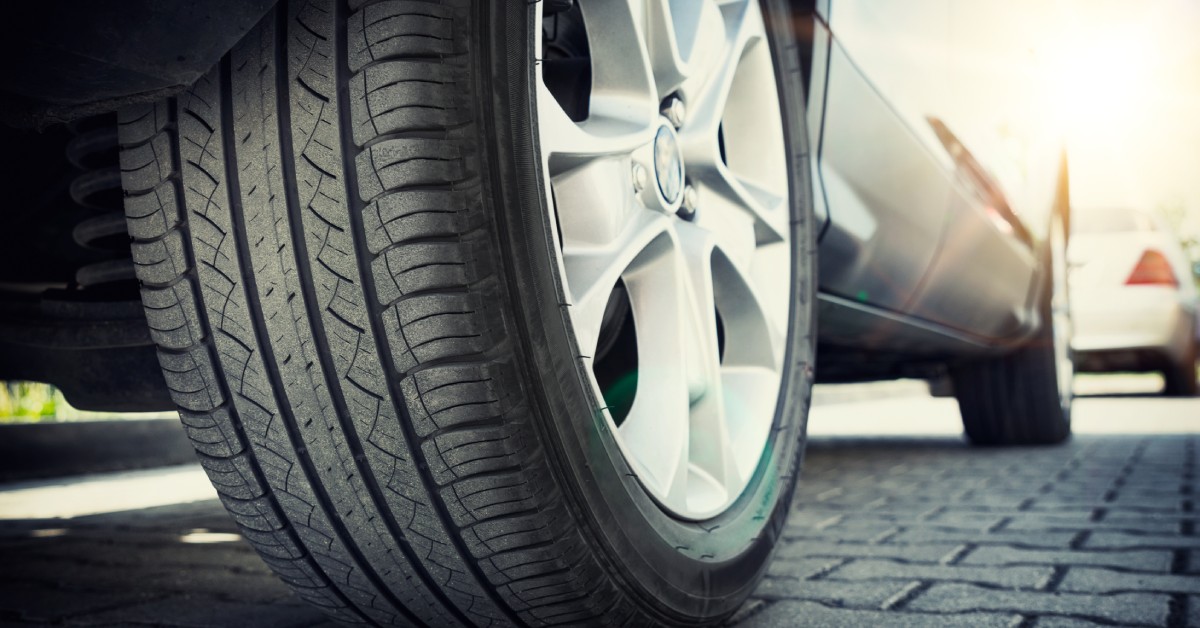
Optimal Tread Patterns
Tread pattern design affects both rolling resistance and aerodynamics. Tires with continuous ribs and fewer tread blocks typically offer lower rolling resistance than tires with aggressive, chunky tread patterns. However, manufacturers balance efficiency with safety, ensuring adequate traction in wet and dry conditions.
Shallow tread depths also reduce rolling resistance, which explains why fuel efficiency often improves slightly as tires wear. New tires designed for efficiency feature optimized tread depths that balance fuel savings with tire longevity.
Advanced Rubber Compounds
Temperature-stable compounds sustain consistent performance across different driving conditions. As a result, modern tire manufacturers use specialized rubber compounds that maintain flexibility at various temperatures while reducing energy loss. These compounds incorporate silica to diminish rolling resistance without hindering wet-weather traction.
Tire Pressure: The Most Important Factor
Maintaining proper tire pressure is the single most effective way to optimize fuel efficiency, regardless of the tires’ design or composition. According to the U.S. Department of Energy, drivers can improve their vehicle’s gas mileage by 0.6 percent, on average, and up to 3 percent by maintaining the proper pressure in the tires.
Overinflation can also cause problems. It reduces the tire’s contact patch with the road, potentially compromising traction and causing uneven wear patterns.
Consider investing in a tire pressure monitoring system if your vehicle doesn’t have one. These systems alert you when pressure drops below safe levels, helping you maintain optimal efficiency and safety.
You can also use a tire gauge to check your tire pressure if you’re concerned. If you want to test them after driving, wait a few minutes for the car and tires to cool down to ensure accurate measurements.
How To Choose Efficient Tires
When shopping for new tires, look for models specifically designed for fuel efficiency. Many manufacturers label these tires as “eco-friendly,” “fuel-efficient,” or “low-rolling resistance.”
Research tire reviews and ratings from independent testing organizations. Look for tires that balance fuel efficiency with other important characteristics like wet-weather traction, noise levels, and tread life. The best fuel-efficient tire is one that meets the vehicle model’s requirements and offers additional efficiency benefits.
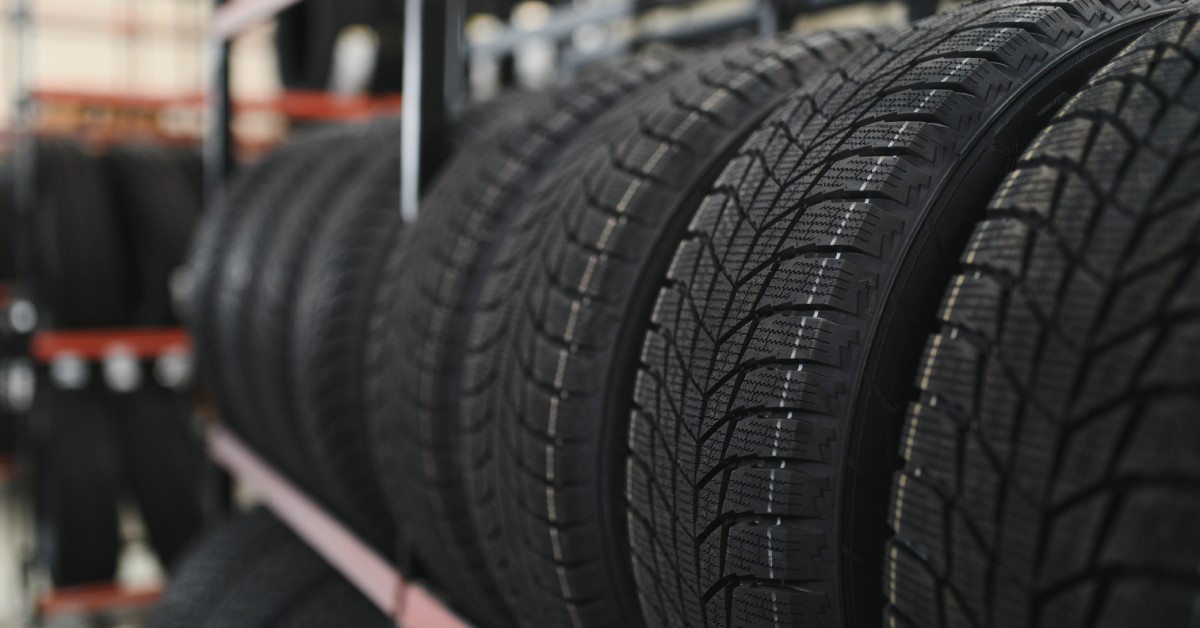
Size and Specification Matter
Stick to your vehicle manufacturer’s recommended tire size. Larger tires may look appealing, but they weigh more and have high rolling resistance. Wide tires also create more aerodynamic drag, reducing fuel efficiency at highway speeds.
Load rating and speed rating should match your vehicle’s requirements. Tires with excessive load ratings may be unnecessarily heavy, while insufficient ratings compromise safety. The vehicle’s door jamb sticker lists the appropriate tire size and ratings.
Maintenance Tips for Maximum Fuel Efficiency
Regular tire rotation extends tire life and maintains consistent fuel efficiency. Uneven wear patterns increase rolling resistance and reduce gas mileage. Rotate your tires according to your vehicle manufacturer’s recommendations, typically every 5,000 to 7,500 miles.
Keep your tires properly aligned. Misaligned wheels cause tires to scrub against the road surface, increasing rolling resistance and reducing fuel economy. Signs of misalignment include uneven tire wear, pulling to one side while driving, or an off-center steering wheel.
Balance your tires and wheels to prevent vibration and uneven wear. Unbalanced tires create additional rolling resistance and can reduce fuel efficiency. Most tire shops offer balancing services when installing new tires or during routine maintenance.
Smart Driving Habits That Maximize Tire Efficiency
Your driving style significantly impacts how efficiently your tires perform. Smooth acceleration and gradual braking reduce tire wear and improve fuel economy. Aggressive driving creates additional rolling resistance and wastes fuel.
Maintain steady speeds when possible. Frequent speed changes require more energy and create additional tire stress. Use cruise control on highways to maintain consistent speeds and optimize fuel efficiency.
Make Every Mile Count
Optimizing your tires for fuel efficiency represents one of the most practical ways to reduce your driving costs while maintaining safety and performance. Your commitment to tire efficiency benefits your budget and the environment around you, contributing to cleaner air in your community.
With RNR Tire Express, you can find the best tires for fuel efficiency that can save you money and improve your vehicle’s performance. You can find the right tires in Laredo with the help of our expert team. Visit us today to learn more about our options.
